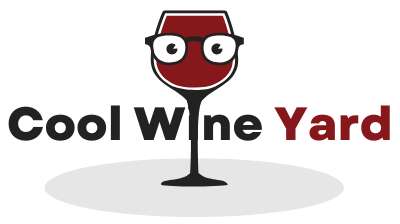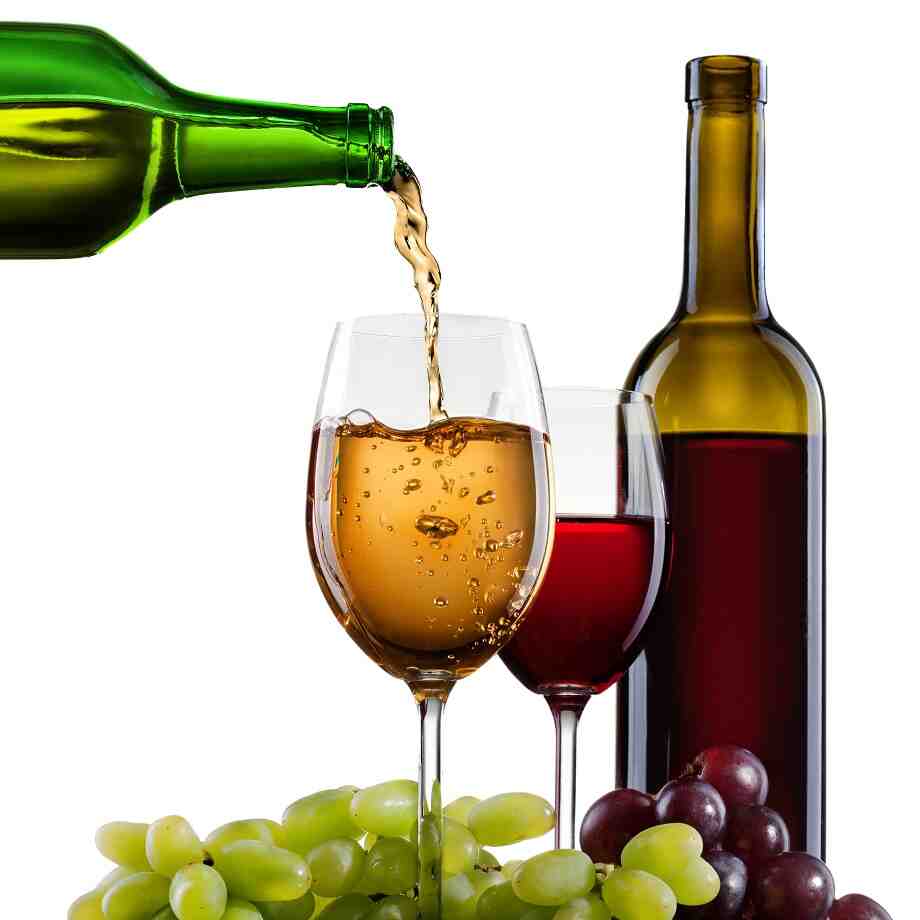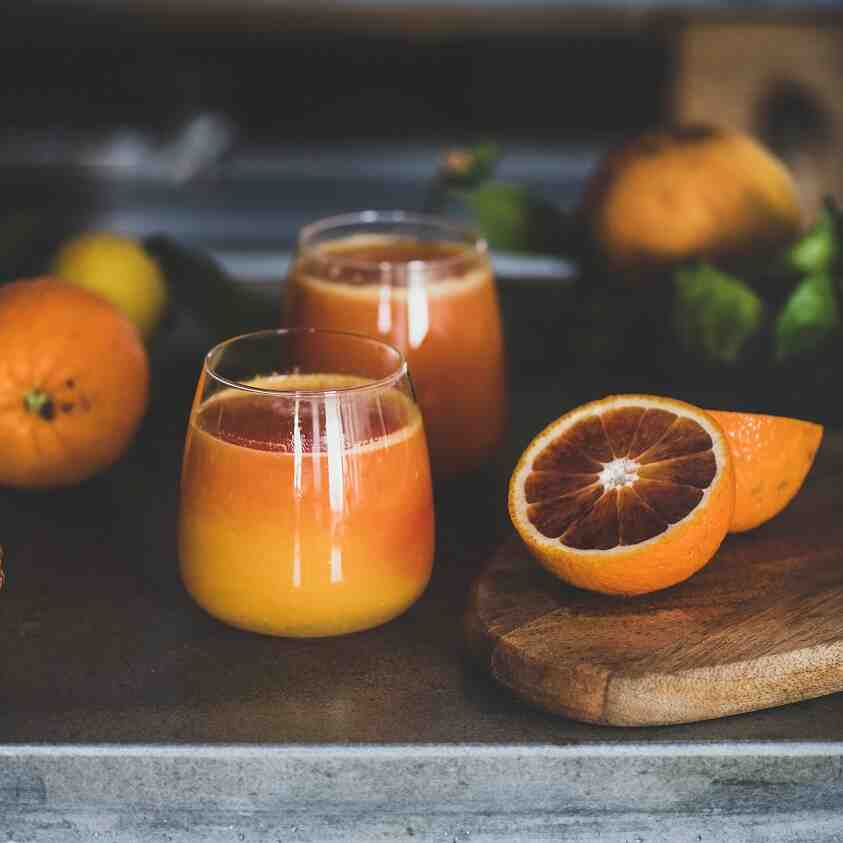Top Wine Trends to Watch in the Coming Year
The world of wine is constantly evolving, driven by changing consumer preferences, innovative winemaking techniques, and global environmental factors. As we move into the new year, wine enthusiasts, collectors, and industry professionals alike are eagerly watching for emerging trends that will shape the wine landscape. From sustainable practices to exciting new styles of wine, here are the top wine trends to watch in the coming year.
1. Sustainability and Eco-Friendly Practices
Sustainability in wine production has been a growing trend for several years, and it’s expected to continue gaining momentum in the coming year. Consumers are becoming more environmentally conscious and are increasingly looking for wines that reflect their values, especially in terms of eco-friendly practices and ethical sourcing. This shift is influencing winemakers to adopt more sustainable methods in the vineyard and winery, including reducing water usage, minimizing carbon footprints, and embracing organic and biodynamic farming.
What to Watch:
- Eco-Friendly Packaging: Look for more wineries using sustainable packaging, such as lighter glass bottles, biodegradable corks, and eco-friendly labels. The move towards bag-in-box wines and canned wines will continue as both environmentally friendly and convenient options.
- Carbon-Neutral Wineries: Many wineries are working towards achieving carbon-neutral status by reducing their greenhouse gas emissions, planting trees to offset their carbon footprint, and utilizing renewable energy sources.
2. Natural Wines and Minimal Intervention Winemaking
Natural wines, which are made with minimal intervention and no added chemicals, are becoming more mainstream. As part of the larger natural food movement, these wines emphasize authenticity and purity, allowing the unique characteristics of the grapes and the land to shine. Natural wines often have distinctive flavors, with less refined and sometimes funky profiles that appeal to adventurous wine drinkers.
What to Watch:
- Increased Popularity of Pet-Nat (Pétillant Naturel): This sparkling wine, made with the ancestral method of fermentation, is a perfect example of minimal intervention winemaking. Expect to see more Pet-Nat offerings on shelves, as this bubbly style continues to attract attention with its easygoing, often unfiltered character.
- Wider Availability: As demand for natural wines rises, more wineries are adopting low-intervention methods. Expect to find a greater variety of natural wines from regions outside of traditional natural wine hubs like France and Italy, as winemakers around the world experiment with organic and biodynamic approaches.
3. Alternative Wines (Non-Traditional Varieties)
In the past, wine drinkers stuck largely to familiar varietals like Cabernet Sauvignon, Chardonnay, and Pinot Noir. But now, there’s an increasing interest in discovering new and unusual grape varieties, as well as wines from lesser-known regions. As consumers seek unique flavors and experiences, wineries are turning to rare, ancient, and even experimental varieties to captivate adventurous palates.
What to Watch:
- Less Familiar Grape Varieties: Look for wines made from lesser-known grapes like Grenache Blanc, Saperavi, Fiano, and Xinomavro. These varieties may not have the widespread recognition of more mainstream grapes, but they’re gaining traction for their distinctive flavors and exciting character.
- Emerging Regions: While established wine regions like Napa Valley, Bordeaux, and Tuscany remain popular, there’s growing interest in emerging wine regions such as Greece, Georgia, Croatia, and South Africa. Expect wines from these regions to continue making waves, offering consumers unique tasting experiences.
4. Sparkling Wines Beyond Champagne
Champagne may always have a special place in the hearts of sparkling wine lovers, but in recent years, there’s been a surge in interest in sparkling wines from other regions. As consumers seek alternatives to traditional Champagne, regions like Prosecco, Cava, and English sparkling wine are gaining in popularity. Additionally, sparkling wines from places like the USA, Australia, and South Africa are making a name for themselves, offering high-quality bubbly at more affordable prices.
What to Watch:
- Prosecco and Cava’s Continued Growth: These sparkling wines continue to offer great value, especially Prosecco, which is the go-to sparkling wine for many looking for affordability without sacrificing quality.
- English Sparkling Wine: English sparkling wine has been receiving rave reviews for its quality, particularly due to its cool climate, which produces crisp, vibrant wines. Expect to see more labels coming out of the UK in the coming year.
5. Canned Wine and Wine on the Go
Convenience is a big factor in wine consumption trends, and more wine drinkers are opting for formats that fit easily into their busy lifestyles. Canned wine has become a staple in the wine industry, offering portability, easy storage, and single-serving portions. The appeal of canned wine is broad, attracting consumers who want something more sustainable, affordable, and convenient without compromising on quality.
What to Watch:
- Increased Quality in Canned Wines: As demand for canned wines grows, winemakers are focusing more on improving the quality of canned offerings, ensuring that they maintain the integrity of the wine inside. Expect to see a wider range of wines in cans, including reds, whites, and rosé.
- Portable Packaging: Beyond cans, wine in pouches, tetra paks, and smaller bottles will continue to rise in popularity, offering consumers an easy way to enjoy wine at picnics, concerts, or other outdoor activities.
6. Low and No-Alcohol Wines
The demand for low and no-alcohol wines is booming, as more consumers become health-conscious and explore alternatives to traditional alcoholic beverages. As alcohol-free and low-alcohol wine options improve in quality, these wines are no longer just a niche market but are becoming mainstream choices for those who want to enjoy the experience of wine without the alcohol content.
What to Watch:
- Improved Flavor Profiles: Expect more investment in the production of high-quality low and no-alcohol wines. Advances in technology and winemaking techniques are allowing producers to craft wines with complex flavors and aromas, even with little or no alcohol.
- Health-Conscious Consumer Trends: The rise in wellness culture and awareness of alcohol’s effects on health will continue to fuel demand for low and no-alcohol wines. This trend will be particularly strong among younger consumers and those seeking mindful drinking options.
7. Wine Tourism and Experiential Wine Tasting
Wine tourism has become an increasingly important part of the global wine industry. Beyond simply tasting wine, wine enthusiasts are seeking immersive and experiential activities that allow them to connect with wine in more meaningful ways. Wineries are stepping up their offerings with hands-on experiences, including vineyard tours, food pairings, wine-making workshops, and luxury wine experiences.
What to Watch:
- Vineyard and Winery Experiences: Many wineries are enhancing their tourism offerings by adding experiences like private tastings, harvest tours, and winemaking classes. Expect more personalized and bespoke experiences as wineries cater to a more discerning clientele.
- Wine and Wellness: Wellness-focused wine retreats and experiences that combine wine tastings with yoga, spa treatments, and mindfulness activities will continue to grow, blending the enjoyment of wine with personal wellbeing.
8. Technology in Wine Production and Sales
Technology is making its mark on the wine industry, from vineyard management to wine distribution. Winemakers are using data and tools to improve yields, monitor environmental conditions, and predict harvest outcomes. On the sales side, e-commerce and direct-to-consumer wine sales will continue to play a major role in how people discover and purchase wine.
What to Watch:
- Smart Vineyards: Look for more wineries adopting precision viticulture technologies, such as drones, sensors, and climate monitoring systems, to optimize grape production while reducing environmental impact.
- Wine Subscription Services: The rise of wine clubs and subscription services will continue, with more personalized offerings that curate wine selections based on individual preferences. These services offer wine lovers the convenience of having wines delivered directly to their doorsteps, often with educational content and tasting notes.
Conclusion: A Dynamic Future for Wine
The coming year promises to bring exciting changes to the world of wine, from sustainable practices and new wine styles to technological innovations and unique drinking experiences. Wine lovers can look forward to discovering new regions, exploring alternative packaging, and enjoying better options for mindful drinking. As the wine industry continues to adapt to consumer preferences and global challenges, these trends reflect a dynamic, forward-thinking approach to wine production and consumption. Whether you’re an adventurous drinker or a traditional connoisseur, the future of wine is brimming with new opportunities to explore and enjoy.











